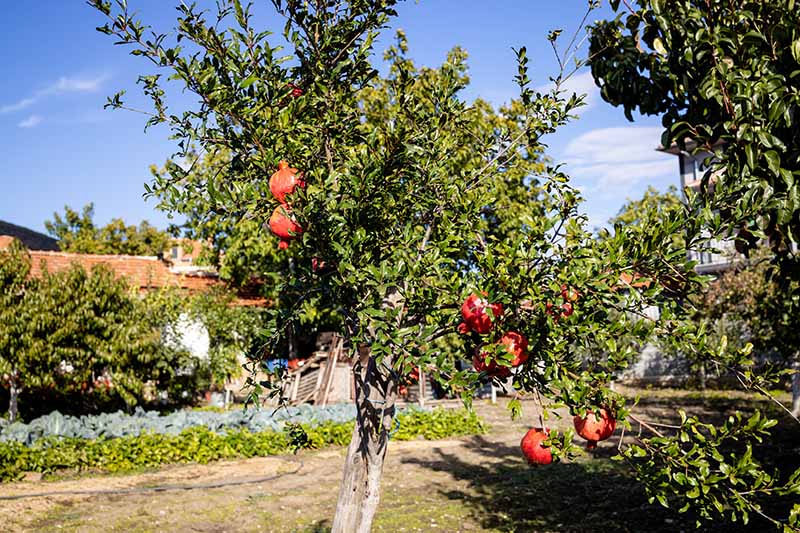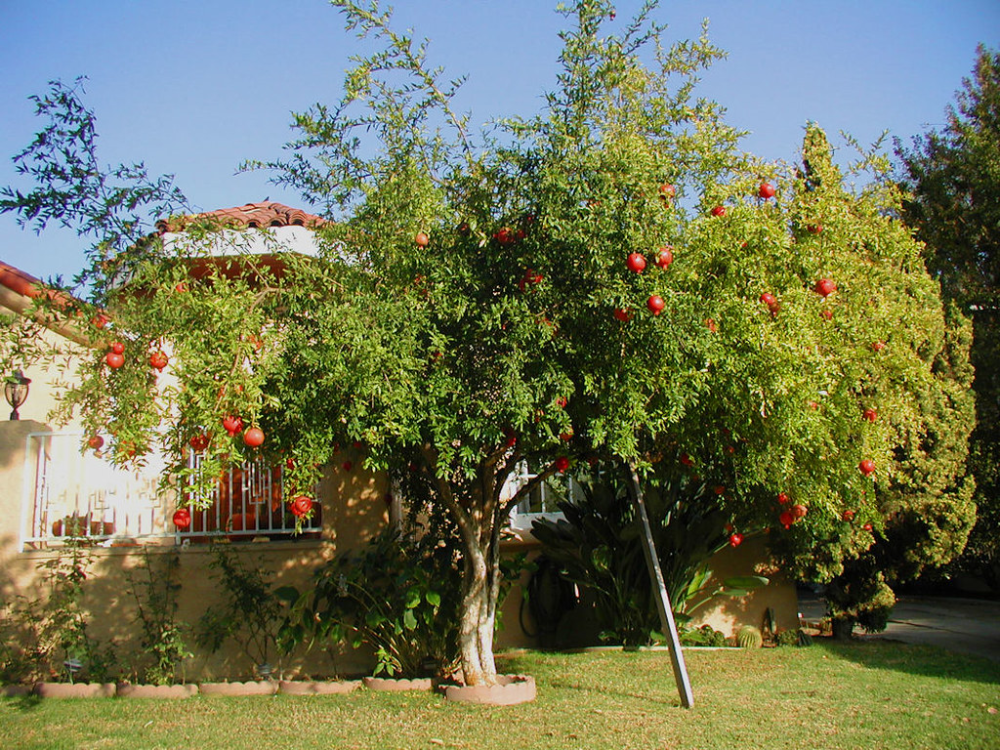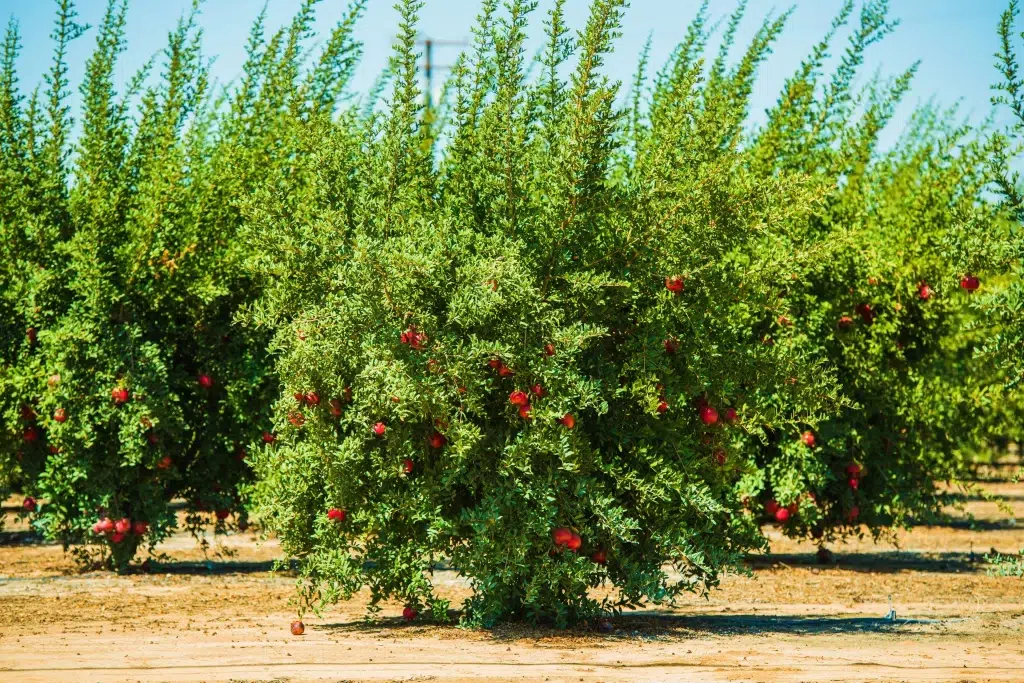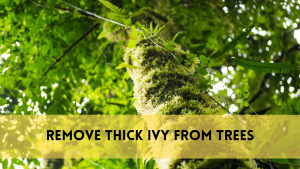Pomegranate trees, with their delectable fruits and visual appeal, are an ideal addition to any Florida garden. However, knowing when to fertilize them is critical for their health and output. In this detailed article, we’ll look at the best strategies for feeding pomegranate trees in Florida, with expert insights and advice from Kingwood Arborist to help you achieve robust trees and ample harvests.
The importance of fertilizing pomegranate trees in Florida
Pomegranate trees in Florida require regular fertilization to maintain their general health, vigour, and productivity. These trees, like any other fruit-bearing plant, have unique nutritional needs that must be satisfied in order to achieve optimal growth and fruit output. Pomegranate plants require nutrients such as nitrogen, phosphate, and potassium to function properly. Nitrogen supports vigorous vegetative growth and luxuriant foliage, whereas phosphorus stimulates root development and flower creation. Potassium enhances fruit quality, increases disease resistance, and helps the tree tolerate environmental stresses. Pomegranate trees can attain their maximum potential by applying the right nutrients at the right times, resulting in copious blossoms and fruit. Fertilization also contributes to soil fertility and health, which supports the long-term viability of pomegranate trees in Florida’s diversified agricultural terrain. Overall, feeding pomegranate trees is critical for producers to ensure healthy trees and plentiful harvests year after year.

Understanding Pomegranate Trees
Pomegranate trees (Punica granatum) are deciduous shrubs or small trees valued for their ornamental appeal and tasty fruits. They are native to the Mediterranean region and have adapted well to a variety of temperatures, including subtropical locations like as Florida. These trees normally grow to be 15 to 30 feet tall, with glossy green foliage and vivid, funnel-shaped blossoms ranging from crimson to orange. Pomegranate fruits, sometimes known as pomegranates, are round and normally about the size of an apple, with a strong, leathery skin that protects juicy, edible seeds (arils). Pomegranate trees thrive in well-drained soil and full sun, but they can endure drought once established. Pomegranate trees thrive in well-drained soil with full sun exposure, although they can endure drought once established. With proper maintenance, such as frequent watering and trimming, pomegranate trees can be a lovely addition to any landscape, providing both visual appeal and tasty, nutrient-rich fruits.
When to Fertilize Pomegranate Trees in Florida
Fertilizing pomegranate trees in Florida should be timed strategically to support their growth and fruit production. The best times to fertilize pomegranate trees in Florida are in early spring, summer, and late fall.
During early spring, typically in March or April, as the trees emerge from dormancy and start new growth, it’s crucial to provide them with a balanced fertilizer. Opt for a slow-release fertilizer with an NPK ratio of around 10-10-10 or similar, ensuring that it contains essential nutrients like nitrogen, phosphorus, and potassium to support healthy growth. In summer, around June or July, monitor the trees closely for any signs of nutrient deficiency or sluggish growth. If needed, apply a supplemental fertilizer to provide additional nutrients. However, be cautious not to over-fertilize, as excessive nitrogen can lead to excessive vegetative growth at the expense of fruit production. Reduce or stop fertilizer in the late fall, in September or October, as the trees prepare for dormancy. Allowing the trees to naturally restrict their growth during this season helps them harden off before winter arrives, increasing overall health and resilience.
How often should I fertilize my pomegranate trees?
Several factors, including soil quality, tree age, and local climate conditions determine the frequency with which you fertilize your pomegranate trees. Pomegranate trees benefit from fertilizing three times a year: early spring, mid-summer (if necessary), and late fall.
As the trees emerge from hibernation and begin to develop again in the spring, apply a balanced fertilizer. This supplies necessary nutrients for rapid development and flowering.

In the middle of summer, evaluate the development and health of your pomegranate trees. If growth appears sluggish or leaves show signs of nutritional insufficiency, consider applying supplemental fertilizer to supply extra nutrients.
Reduce or stop fertilizer in the late fall as the trees prepare for dormancy. Allowing trees to naturally slow down their growth during this period helps them.
Related Posts:
Will fertilizing pomegranate trees increase fruit yield?
Proper fertilization can help pomegranate plants give more fruit. Fertilizers supply critical nutrients like as nitrogen, phosphorus, and potassium, which are required for tree growth, flowering, and fruit production.
Nitrogen, for example, drives vegetative growth, whereas phosphorus encourages root development and bloom creation. Potassium improves fruit quality and allows the tree to survive stressors like disease and drought.
By ensuring that pomegranate trees receive enough nutrients through fertilization, you may promote healthy growth and fruit development, potentially increasing fruit yield. However, it is critical to achieve a balance and prevent over-fertilization, since too much nitrogen can increase vegetative development at the price of fruit yield. Pruning, irrigation, and pest management are additional important elements in influencing fruit quality.
FAQS
Can I use organic fertilizer on pomegranate plants in Florida?
Yes, organic fertilizers, such as compost or manure-based products, can benefit Florida’s pomegranate plants. These natural fertilizers deliver slow-release nutrients and gradually improve soil health, boosting long-term development and fruit output.
What if my pomegranate tree shows indicators of nutritional deficiency?
If your pomegranate tree is showing signs of nutrient deficit, such as yellowing leaves or stunted development, a tailored treatment of the insufficient nutrient may be required. Soil testing can help identify specific nutrient deficits, allowing for focused fertilization.
Is it possible to excessively fertilize pomegranate trees?
Yes, over-fertilization can harm pomegranate plants by encouraging vegetative growth at the price of fruit yield. To avoid root burn, always apply fertilizer at the correct rate and avoid applying it too close to the tree’s trunk.
Can you fertilize pomegranate trees in containers differently?
Pomegranate trees growing in containers may require more regular fertilizing due to reduced soil volume and nutrient availability. Use a balanced, slow-release fertilizer designed for container plants, and modify application rates accordingly.
Conclusion
Fertilizing pomegranate trees at the right time and with the right nutrients is critical for their health and productivity in Florida. By following Kingwood Arborist’s advice and knowing pomegranate trees’ seasonal needs, you can ensure robust growth, prolific blossom, and rich fruit harvests year after year.
How useful was this post?
Click on a star to rate it!
Average rating 0 / 5. Vote count: 0
No votes so far! Be the first to rate this post.




